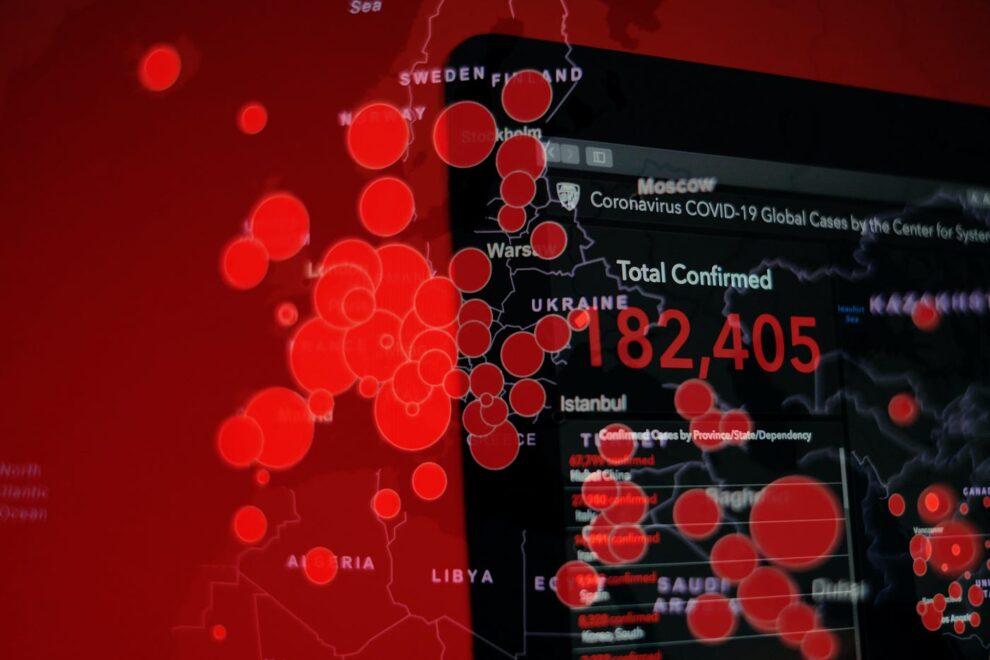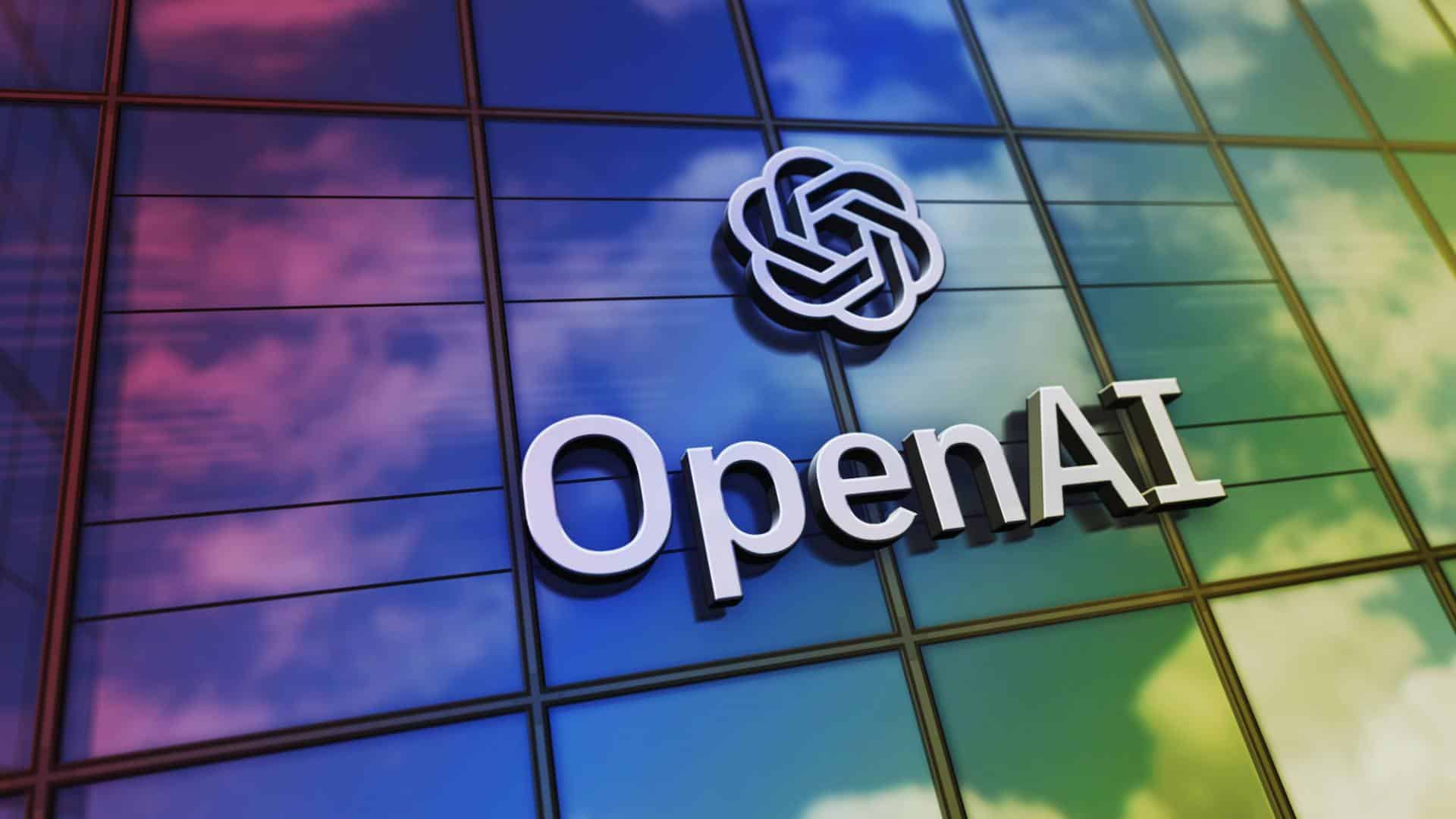A faulty software update from cybersecurity firm CrowdStrike plunged the world into technological chaos on Friday, grounding flights, disrupting financial transactions, and halting broadcasts for major media outlets. The widespread outage, affecting countless businesses and services across industries, has raised concerns about the vulnerability of interconnected systems and the potential for cascading failures in today’s digital age.
What Happened?
CrowdStrike, a leading provider of endpoint security software, inadvertently released a faulty update for computers running Microsoft Windows operating systems. The update, intended to enhance cybersecurity protections, instead caused a widespread disruption, impacting CrowdStrike’s global clientele.
The company has confirmed that the issue was not a security incident or cyberattack but a result of an internal error. While a fix is underway, the fallout has been extensive, with businesses and individuals scrambling to adapt to the sudden loss of critical services.
Widespread Disruptions
The outage’s impact was felt across various sectors, leaving a trail of disruptions in its wake:
- Air Travel: Flights were grounded worldwide as airlines struggled with check-in systems and communication disruptions. Airports faced long queues and frustrated passengers as manual processes were implemented to manage the chaos.
- Financial Services: Banks and financial institutions experienced outages, hindering transactions and causing inconvenience for customers.
- Healthcare: Hospitals and healthcare providers reported disruptions to their systems, potentially affecting patient care and administrative processes.
- Media: Major news outlets, including Sky News and ABC, were forced to halt broadcasts due to technical difficulties.
- Other Industries: Businesses across various sectors, including retail, manufacturing, and government services, also reported disruptions, highlighting the interconnected nature of modern infrastructure.
The Road to Recovery
CrowdStrike has acknowledged the issue and is working diligently to roll out a fix. However, the company has cautioned that full recovery may take time, given the complexity of the problem and the scale of the outage.
In the meantime, organizations and individuals are left to grapple with the consequences of the disruption, with many resorting to manual processes and alternative solutions to maintain essential operations.
Lessons Learned
The global outage serves as a stark reminder of the potential vulnerabilities of modern technological infrastructure. The reliance on interconnected systems, while enabling efficiency and convenience, also creates a single point of failure that can have cascading effects when disrupted.
The incident underscores the importance of robust backup plans, redundancy, and disaster recovery strategies to mitigate the impact of such events. It also highlights the need for thorough testing and validation of software updates before deployment to prevent unintended consequences.
Moving Forward
As the world gradually recovers from this technological setback, there will undoubtedly be a renewed focus on building more resilient and fault-tolerant systems. The outage serves as a wake-up call, urging organizations and individuals alike to re-evaluate their dependence on technology and to prepare for the possibility of future disruptions.









